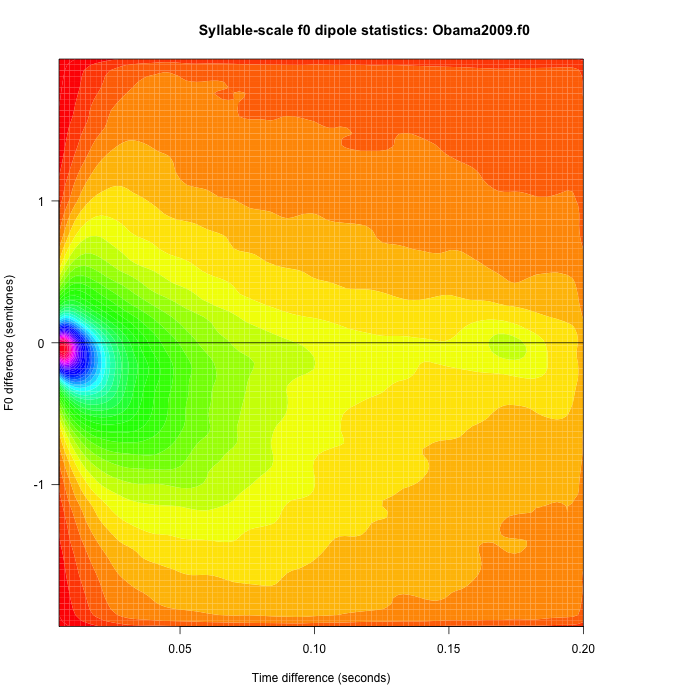Metered verse in a quiet place
Graeme Orr writes:
In the hit post-apocalyptic movie A Quiet Place there is a touching scene where the mother is home-schooling her son. He is being drilled in numeracy; but on a whiteboard she has written out the first quatrain of Shakespeare’s "Shall I Compare Thee to A Summer’s Day". With metrical feet and accents neatly marked.
The entire conceit of the movie is that the world is overrun with bloodthirsty aliens, whose hearing is so acute that to survive one must avoid not only speech but any deliberate noise. The family has survived, when seemingly no-one else has, because it has an eldest daughter who is deaf. They not only can communicate (as they must to stand any chance of protection as a group) via sign language, but they are collectively acutely aware of sound, its sources and significance for everyday life.
How, if at all, is it possible to communicate meter in poetry without any sound? I’m aware there’s an old debate about deaf poets, and the essence of poetry as image rather than music, e.g. John Lee Clark, "Melodies Unheard", 10/30/2005. In the film, the poem-on-whiteboard is shown twice, in letters so large the audience is deliberately drawn to it. The tease is surely something more than just ‘Shakespeare, like cockroaches, will survive any apocalypse’.
Read the rest of this entry »

